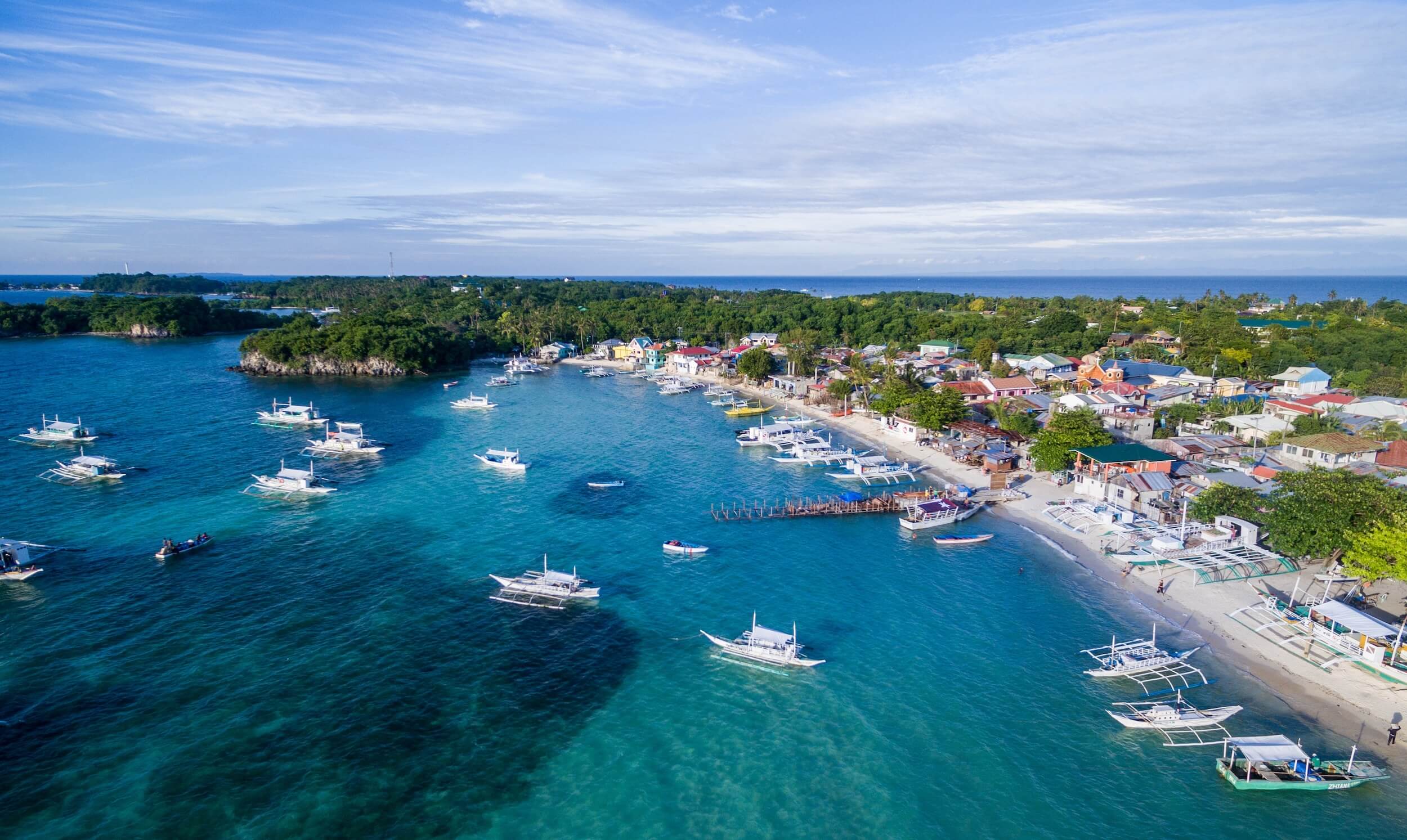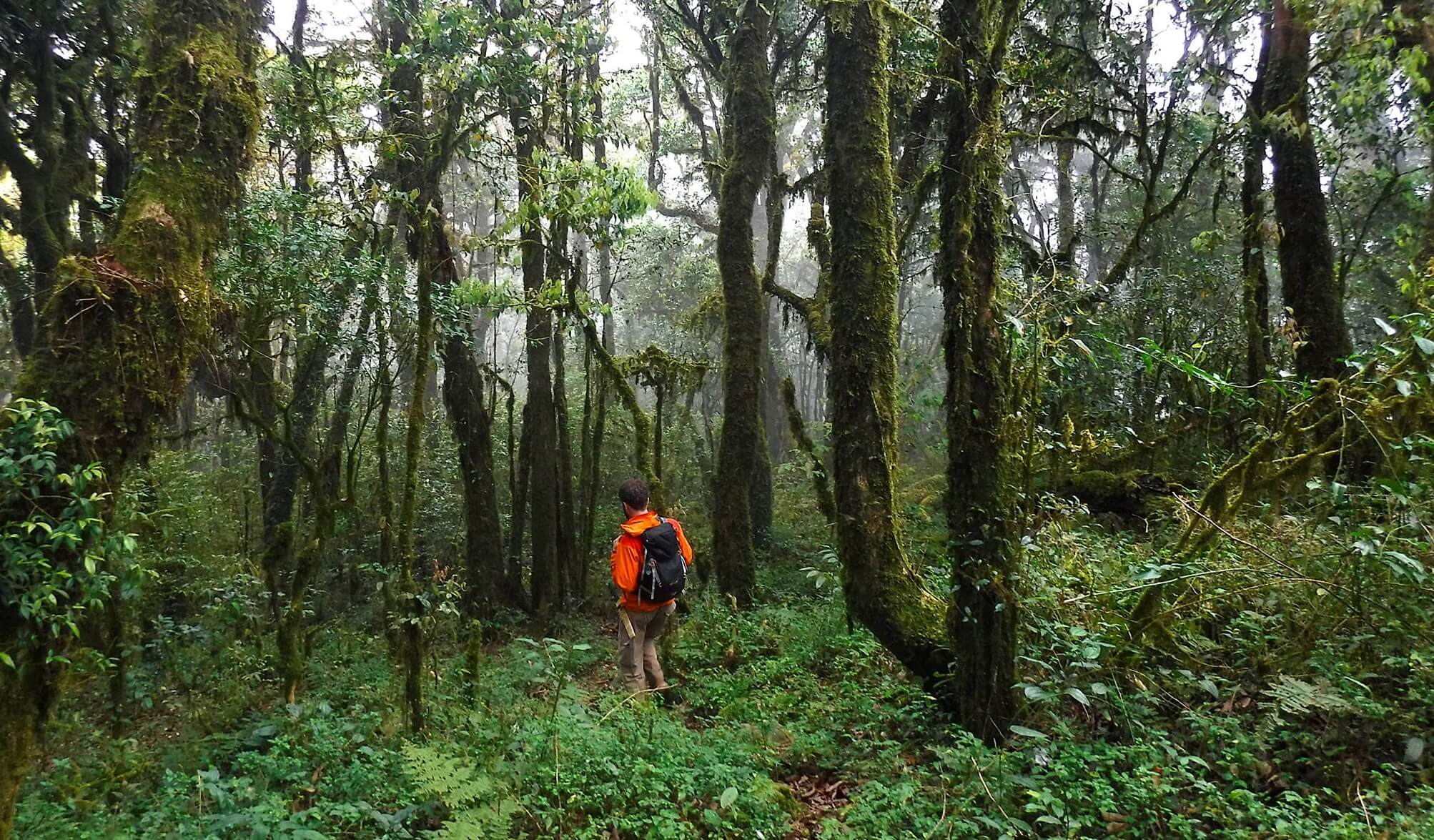





Coastal cities in ASEAN are among the most densely populated and economically significant areas, with approximately 77 per cent of the total population residing in these regions. These cities contribute significantly to national economies, accounting for over 60 per cent of GDP in some countries. However, their geographical placement along coastlines exposes them to various natural disasters exacerbated by climate change. The delicate balance between human development and natural environmental systems is increasingly at risk as urbanisation often leads to ecological degradation, further increasing the vulnerability of these cities.
The ASCC Policy Brief No. 18 (2025) titled “Enhancing the Resilience of Coastal Cities in ASEAN” emphasises that the ASEAN region faces a unique set of environmental challenges characterised by diverse topography, including high hills, rugged mountains, deltas, and low-lying coastal plains. Such physical characteristics make these areas susceptible to natural disasters like flooding, tsunamis, and tropical cyclones, which can pose substantial threats to human life and property.
As ASEAN coastal cities face escalating risks from climate change, an urgent, multidisciplinary approach to enhance resilience is essential. The interconnectivity of environmental, socio-economic, and cultural dimensions underscores the complexity of the challenges. By adopting proactive, community-inclusive policies that integrate scientific knowledge and traditional practices, coastal cities in ASEAN can work towards a more resilient future.
Climate change and coastal vulnerability
A prominent threat facing ASEAN coastal cities is the projected rise in sea levels, which may reach between 0.3 and 0.6 metres by 2030. This increase is fuelled by polar ice melting, seawater thermal expansion, and coastal land sinking, which is often accelerated by human activities like groundwater extraction. As a result, coastal areas face the potential for severe inundation, dramatically altering landscapes and threatening urban infrastructure.
On the other hand, the risks presented by rising sea levels manifest in several forms, including coastal flooding, erosion, and saltwater intrusion. Coastal flooding can damage property, disrupt community infrastructure, and pose public health risks from contaminated water sources. Coastal erosion compromises land integrity, threatening homes and economic resources. Saltwater intrusion into freshwater aquifers diminishes access to potable water, directly impacting communities and agriculture.
Climate change also appears to worsen the frequency and intensity of extreme weather events. The ASEAN region is often targeted by powerful storms and heavy rainfall, resulting in flash floods and landslides that can devastate urban environments, uproot communities, and lead to loss of life. These events compound the existing socio-economic vulnerabilities of these coastal cities, putting them at further risk.
Socio-economic impact
Climate-related challenges impact not only the environment, but also the socio-economic well-being of coastal communities. First, rising waters and extreme weather events can lead to human displacement, where communities are forced to evacuate and relocate, leading to social dislocation and the loss of cultural heritage. Many individuals may find themselves without homes or livelihoods, leading to increased poverty and inequality.
Second, with coastal cities often acting as economic hubs, with their ports central to trade and commerce, flooding and other hazards can disrupt supply chains, damage vital infrastructure, and reduce economic output. As businesses close or relocate, job losses can unfold, further entrenching communities in socio-economic hardship.
Third, natural disasters can overwhelm health systems, especially during pandemics or endemic diseases, as healthcare infrastructures may be damaged or rendered inaccessible. Water and food security issues and increased exposure to diseases due to poor sanitation post-disaster can also lead to public health crises.
Recommendations
To address this multitude of challenges, the Policy Brief presents several actionable policy recommendations to enhance the resilience of coastal cities in ASEAN. These approaches encompass immediate, short-term actions, as well as long-term strategies that look ahead to future uncertainties:
- Raising awareness among community members, local governments, and stakeholders will enhance proactive measures while fostering a culture of preparedness.
- Comprehensive risk assessments are fundamental for identifying vulnerabilities and capacities within coastal cities. This process should evaluate the specific hazards, the vulnerabilities of assets and populations, and the characteristics of the surrounding environment. Highlighting these assessments will enable cities to prioritise interventions directly targeting the most critical risks.
- Designing adaptive solutions can include short-term and long-term solutions. Short-term solutions can involve designing and building protective structures such as revetments and seawalls to safeguard vulnerable areas and critical infrastructure; upgrading drainage systems to manage heavy rainfall and prevent flooding conditions effectively; and implementing advanced early warning systems that can alert communities of impending hazards, allowing for timely evacuation and preparation. Long-term strategies, on the other hand, may warrant more profound transformations, such as relocating parts of the population to higher ground. Such strategies, however, must be carried out sensitively to respect communities and traditions. Another long-term strategy can be strategic land reclamation efforts to create additional space while monitoring them closely to minimise ecological impacts.
- Adopting an integrative assessment methodology encompassing ecological factors, community involvement, and socio-economic components is vital. A bottom-up approach that engages coastal communities in the planning and decision-making will ensure strategies are tailored to specific local needs.
- Using nature-based solutions that focus on preserving and restoring natural ecosystems, which can provide a buffer against coastal hazards, is critical. Examples may include mangrove restoration, wetlands preservation, and the enhancement of coastal biodiversity. Such approaches can enhance resilience while conserving essential natural resources.
- Finally, enhancing educational and training opportunities related to disaster risk management is crucial. Improved knowledge sharing and technology transfer regarding adaptive strategies will empower communities and local governments to address emerging challenges effectively.
This Policy Brief is a publication of the ASEAN Socio-Cultural Community Department of the ASEAN Secretariat. The views expressed in this publication are those of the author(s) and do not necessarily reflect the views of ASEAN and ASEAN Member States, the ASEAN Secretariat, and ASEAN Dialogue Partners. For more information about the ASCC Research and Development Platforms, contact the ASCC Analysis Division at ASCCAD@asean.org.








